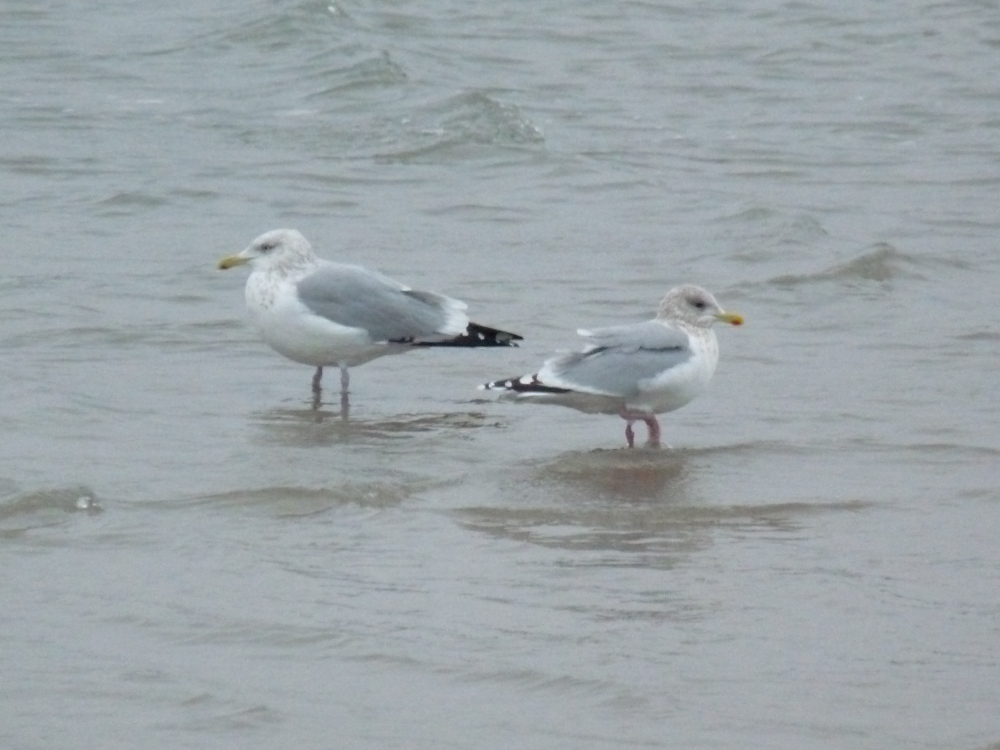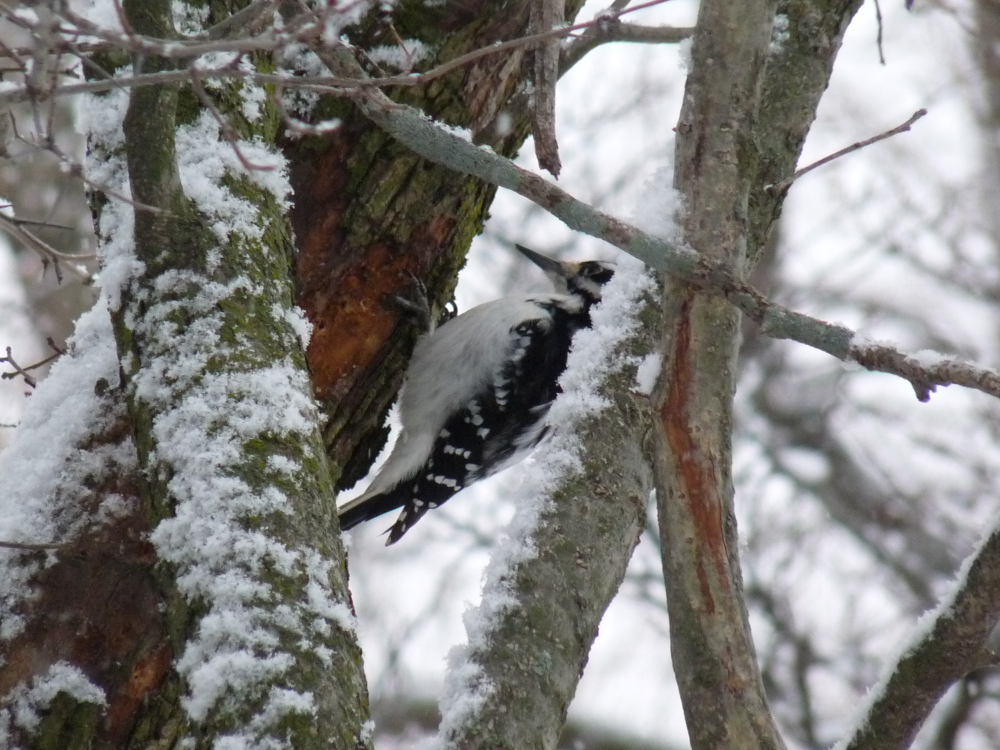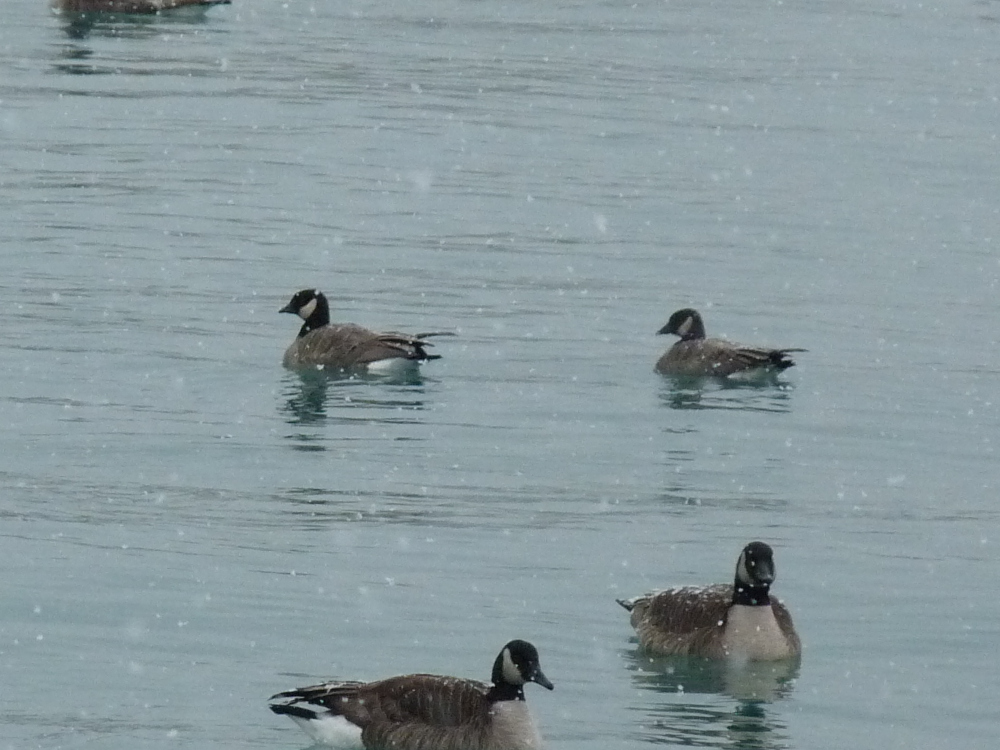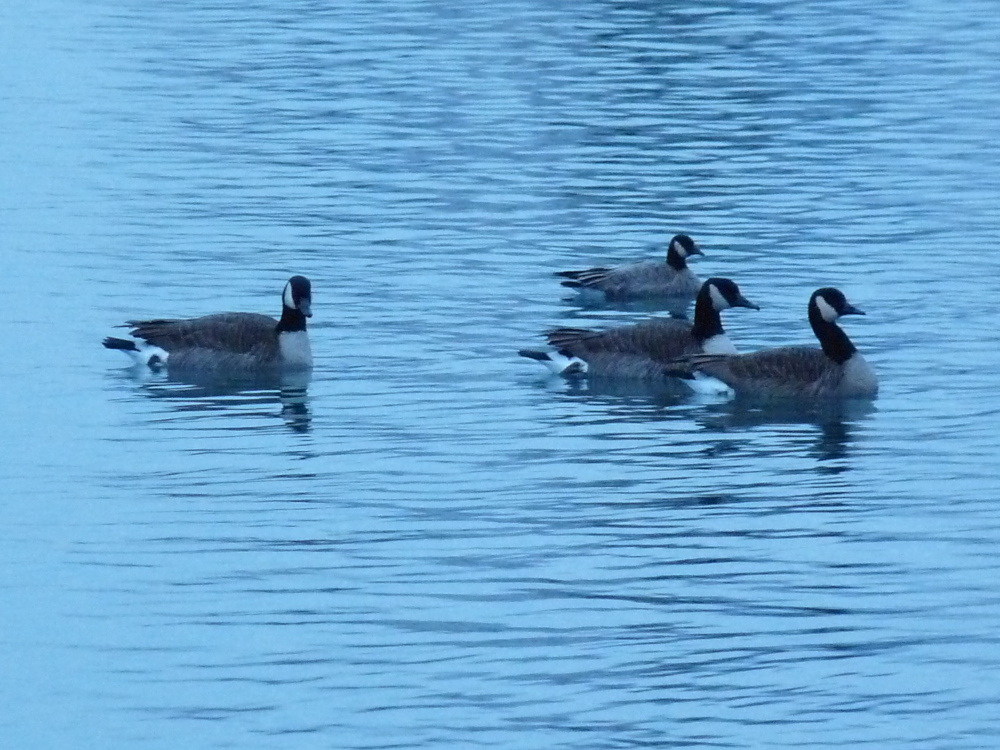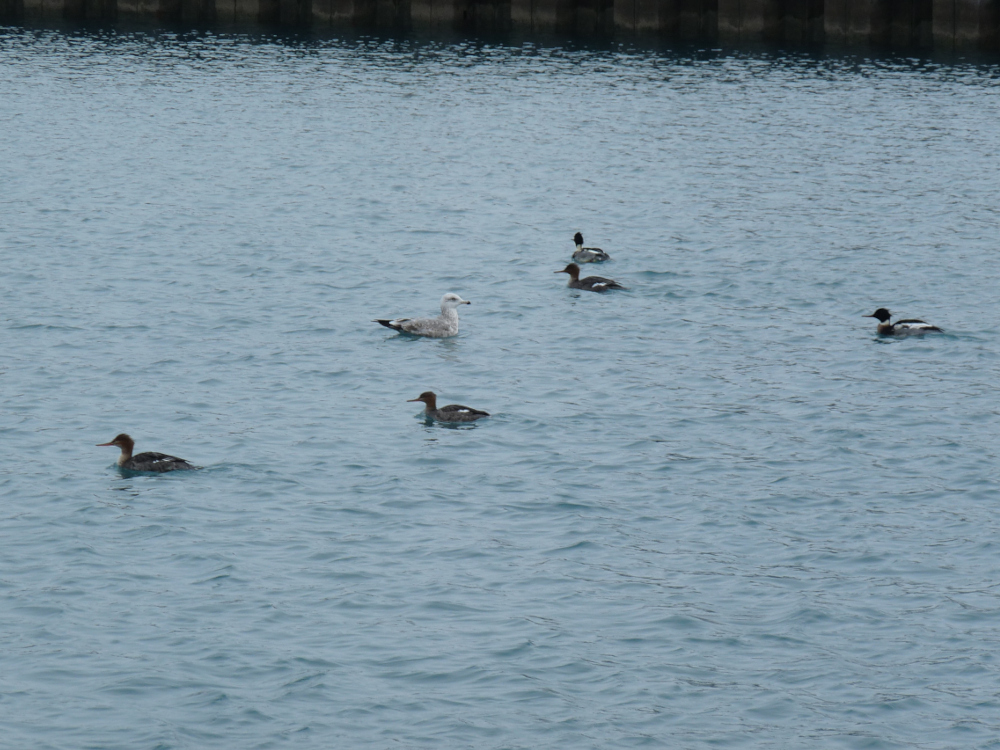We’ve had some unusual gulls at Montrose this winter, including Great Black-backed, Lesser Black-backed, and Iceland. We haven’t had any Glaucous Gulls but they could show up too. The best place to look for these gulls is on Lake Michigan off the fishing pier. Ironically, the harbor rarely gets unusual gulls in the winter, even though Ring-billed Gulls often gather there. If you have a spare loaf of bread or two, try chumming from the fishing pier. You’ll at least bring in Herring and Ring-billed Gulls, and the commotion may draw in something better.
Monthly Archives: January 2023
The Uncommon (for us) Hairy Woodpecker
Would you believe that Hairy Woodpeckers are uncommon along the Chicago lakefront? It’s true. They’re fairly common in Chicago and Cook County forest preserves but they don’t make it to the lakefront often. One reason for this uncommonness could be that the lakefront parks lack extensive forest, and Hairy Woodpeckers like forest. By comparison, their smaller, look-alike relative the Downy Woodpecker is regular at Montrose. They even breed there. Downys are more flexible in their habitat preferences and can live in more open, parkland habitat, which is what Montrose and Lincoln Park are.
Cackling Geese and Red-throated Loon, January 22, 2023
Late January is the slowest time of the year for birding at Montrose. Fall migration is over and spring migration won’t start for two or three weeks at the earliest. If you see 20 species in a day in the middle of winter you’re doing well. January 2023 hasn’t been any different than previous Januarys, except perhaps for the milder weather, but we have had a few interesting sightings. Two Cackling Geese are hanging out with the large wintering Canada Goose flock. Look for them wherever the Canadas are, like the harbor or at the north end of the Marovitz Golf Course. The smaller, shorter necked, and stubbier billed Cacklers really stand out among their larger cousins.
Red-throated Loons are regular in winter in small numbers along the Illinois Lake Michigan lakefront. On January 22 one was resting on the lake a few hundred yards offshore from the end of the fishing pier. Red-throated Loon is the default winter loon on Lake Michigan. Your best bet for seeing them at Montrose is from the fishing pier.
Photos of the Cackling Geese and Red-throated Loon are at my eBird checklist for the morning, URL below.
eBird Checklist
January 23, 2023
Cackling Goose, January 4, 2023
A tried and true method for finding unusual birds is to look through flocks of common birds. Want to find an out of range California Gull? Sort through groups of Herring Gulls. How would you look for an Arctic Tern? By carefully scanning flocks of Common Terns. This same approach applies to geese. Rare geese tend to associate with the common geese of an area, and in much of Illinois Canada Goose is the expected goose. This uncommon Cackling Goose fell in with the local wintering Canada Geese at Montrose Harbor in January 2023. Cackling Goose is the toy version of its larger relative.
Kleptoparasitism – Stealing Does a Bird Good
You may have noticed Herring Gulls hanging around groups of Red-breasted Mergansers at Montrose. The gulls are there for a good reason, at least for them – to steal fish the mergansers have caught. When a merganser dives and then surfaces with a fish, the Herring Gulls race in and try to snatch it. Sometimes it works and sometimes it doesn’t, but the gulls must succeed enough to justify the effort. This thieving behavior is called kleptoparasitism and is a common practice where mergansers and Herring Gulls occur together. It’s easier for the gulls to let the mergs do the hard work of finding food and try to steal it then to catch the fish themselves. No one ever said nature was fair or just.

